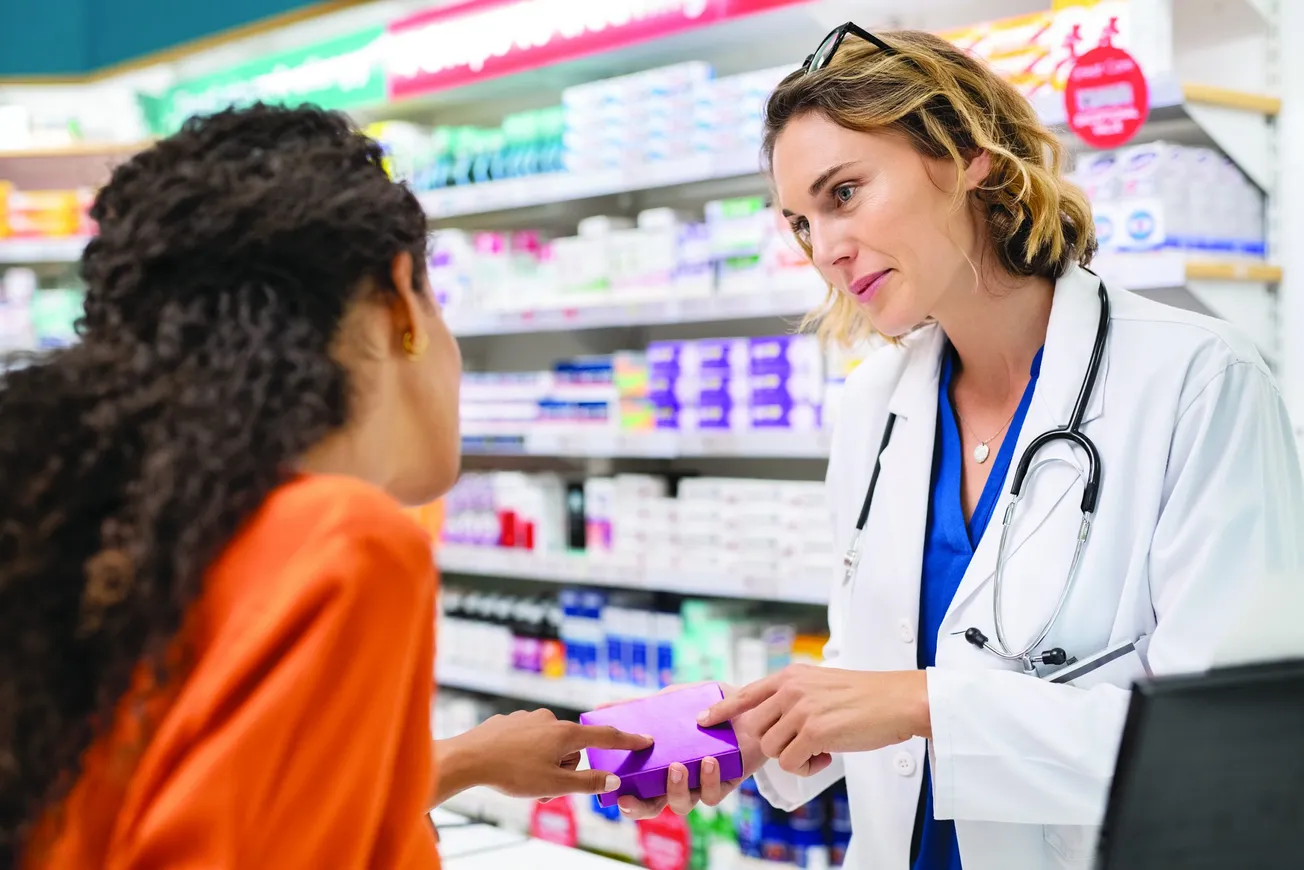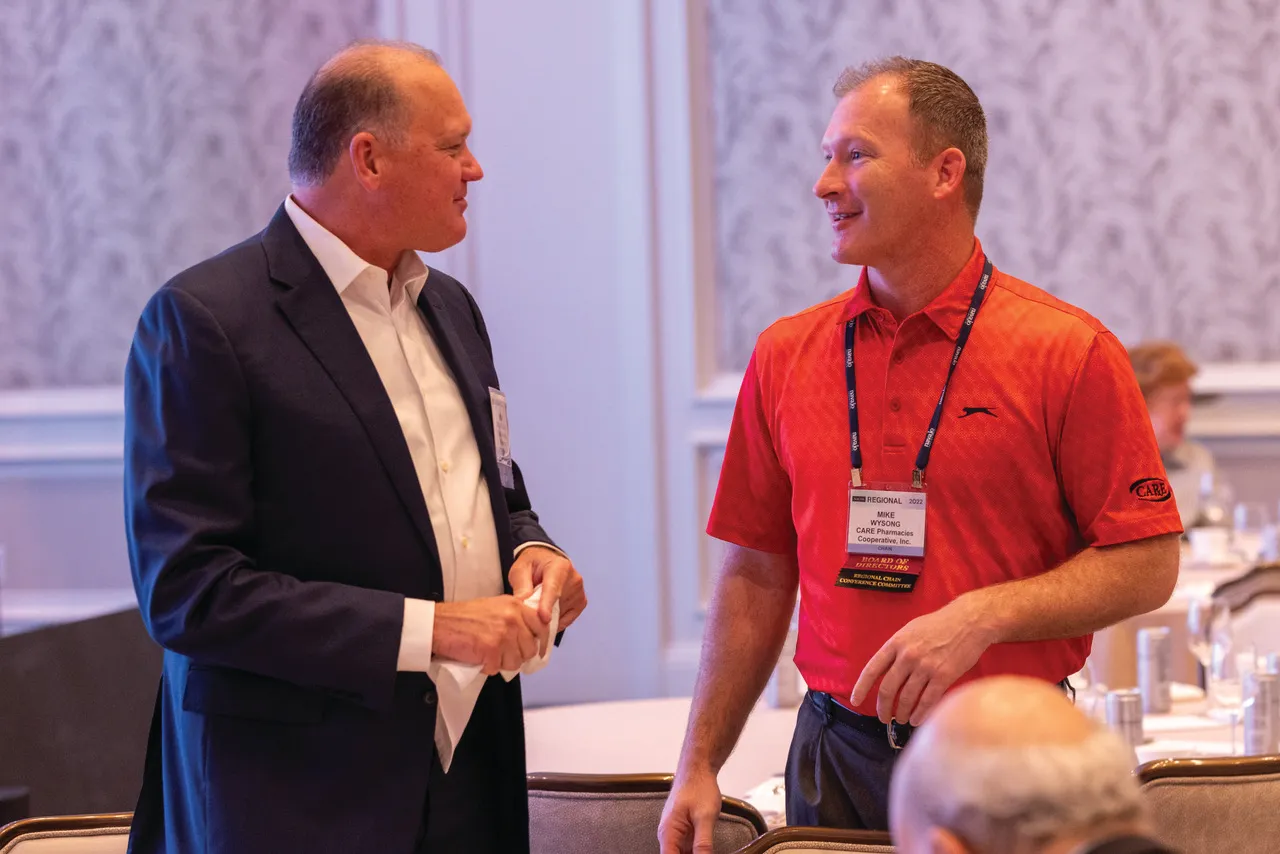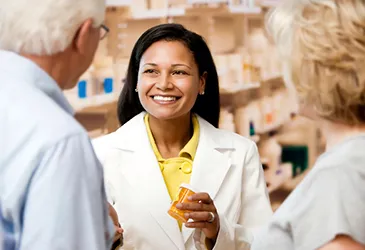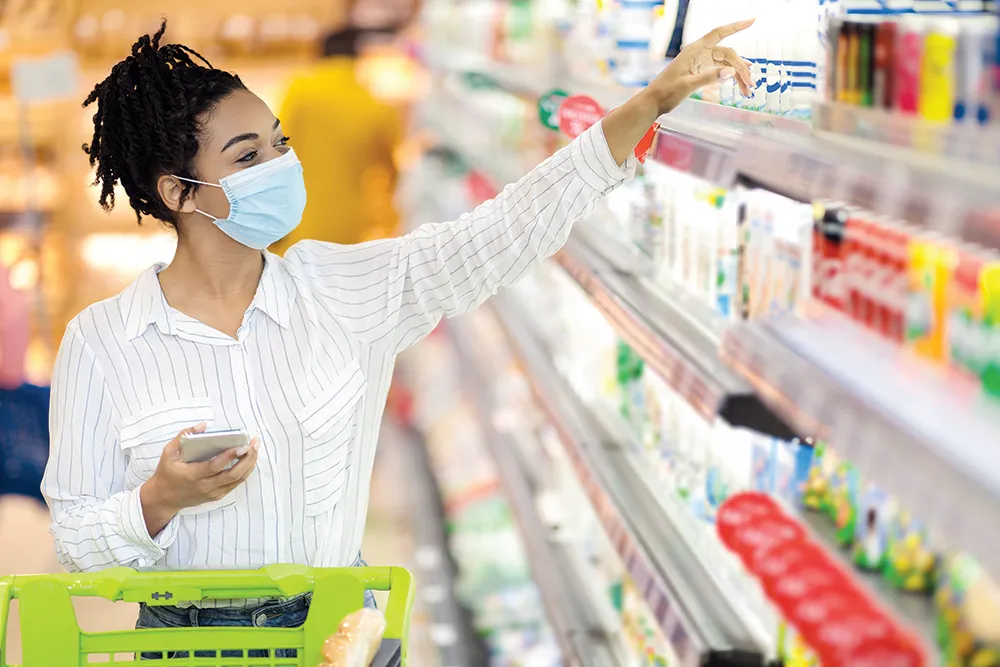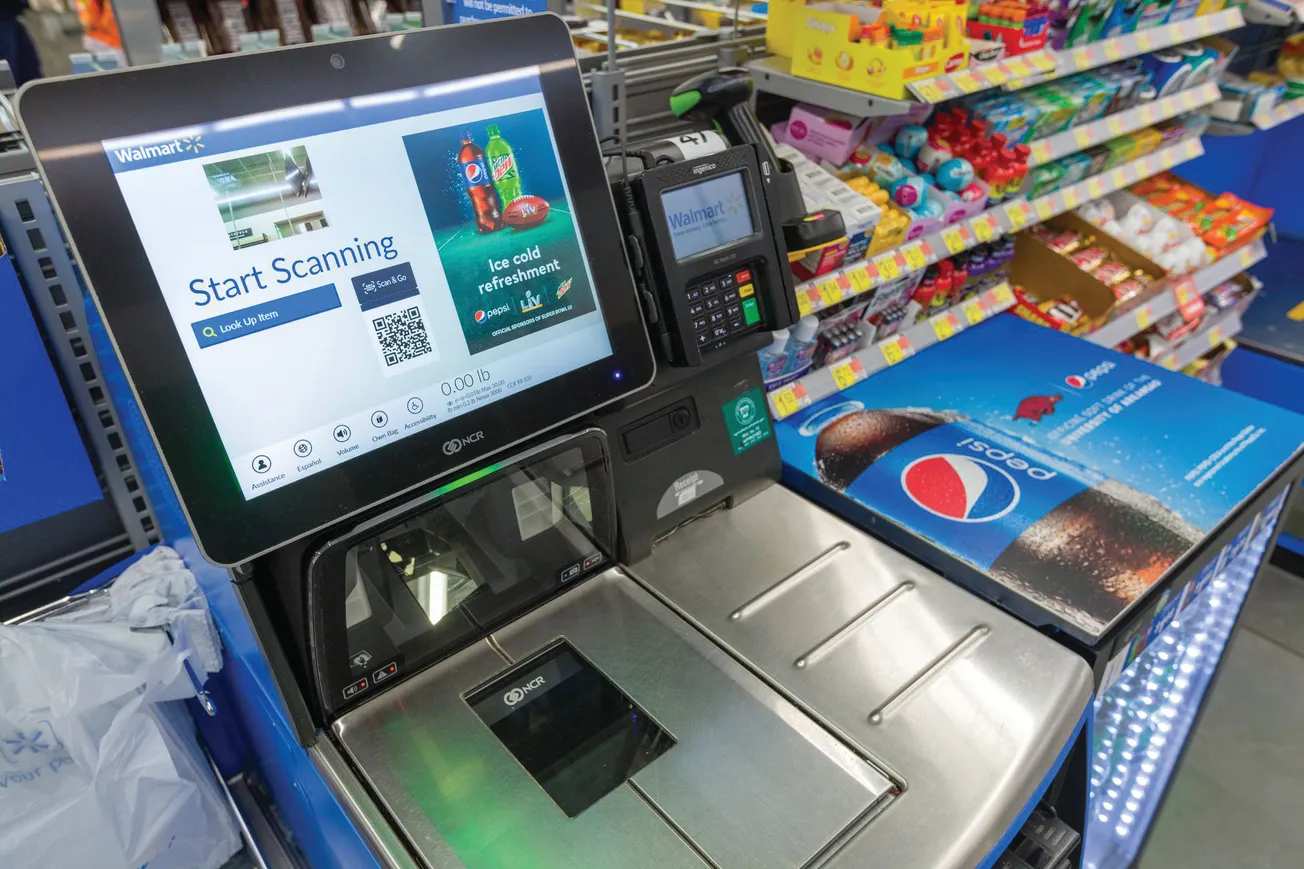Americans are finally ready for the pharmacist as an over-the-counter consumer health influencer. COVID-19 has increased the importance of having the retail pharmacist recommendation in consumer health shopper marketing. During COVID-19, health care professionals were inundated with questions around how best to handle symptoms and to verify what O-T-C products or vaccines were safe. When the FDA authorized pharmacists to prescribe Paxlovid to widen access to timely treatment, it signaled a recognition that pharmacists’ roles can indeed expand to include prescribing.
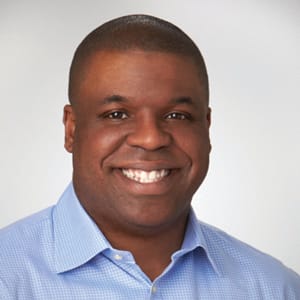
Brian Owens
New U.S. pharmacists’ primary care responsibilities have created new pathways for brands to influence the patient’s path to purchase. Nearly 90% of 18- to 24-year-olds trust health information that they find on social media. Social media has transformed the retail pharmacist role from being viewed as a behind-the-counter pharmaceutical brand expert to an approachable, trusted health and wellness social commerce influencer.
Haleon recently stated that 85% of pharmacist recommendations lead to a purchase. The implication of this statistic is that social media can elevate the role of the retail pharmacist, create retailer demand and drive category conversion. Popular pharmacy influencers, such as Adam from the Fit Pharmacist, Leslie from the Lactation Pharmacist, and Suzy from the Pharmacist Mom’s Group, have carved out nano-influencer niches that unite and educate followers about a specific topic or personal health concern.
Post COVID-19, beauty leaders such as L’Oréal and Unilever have scaled influencer marketing strategies that feature dermatologists as spokespersons. Gen Z are looking for trained professionals with personalities to tell them the truth and what to buy. We are now seeing more consumer goods manufacturers shift shopper marketing dollars to retail activations which feature “skinfluencers” in their go-to-market plans. Leveraging social influencers as a category growth platform works at retail.
An example of a small brand growing a retail skin care category faster than competition with social influencers, comes from Target and its launch of skin care brand Byoma in 2022. It’s currently comprised of seven products, all of which are sold at Target and range in price from $12 to $16. The company tapped dermatologists, including Dr. Zion Ko (524,000 followers), to speak specifically to the science behind the brand. Byoma also employed skinfluencers, who filled the role of people the consumer would typically turn to for what’s new, hot and trending in skin care and what they should buy. Twenty-eight paid creators with followings from micro to macro were tapped for the Target category campaign, creating 82 pieces of content using the hashtag #ByomaPartner. The results showed that Byoma gained over 137,000 followers on TikTok, and its products sold out at Target stores across the country. Byoma’s repurchase rate was 28.3%, which was double the category average, and it sold over $500,000 worth of its Moisturizing Gel Cream alone. TikTok also reported that Byoma’s campaign drove over 500,000 clicks to Target.com, allowing Byoma to surpass Target launch projections.
Currently, there is no established O-T-C category leader scaling the retail pharmacist as a social influencer strategy across its shopper marketing activations. Retailers have taken notice and have started to create more space to bring the pharmacist into more consumer health consideration moments that matter. For example, Walgreens is in the process of freeing up pharmacists so they can interact with customers who have skin care concerns. They work in conjunction with the retailer’s more than 3,000 beauty experts, who are trained to recommend skin care regimens.
One consumer brand that is currently utilizing retail pharmacists as influencers is L’Oréal. The CeraVe brand currently leverages retail pharmacist influencers, such as Crystal Yu, a pharmacist, in shopper marketing programs targeting the retail pharmacist community. L’Oréal leverages practicing pharmacists as social influencers to help followers learn about all the new dermatolgical CeraVe products available for pharmacy patients. CeraVe has also created a online pharmacy social space named pharmacy corner, which provides any pharmacist with the benefits of being a L’Oréal dermatological beauty member such as staying updated on educational resources, events and product kit announcements.
Here are some additional ideas to scale the pharmacist as an O-T-C influencer across retail.
• Embed pharmacists’ knowledge about O-T-C products in all social communications.
Having a pharmacist available during more social point-of-purchase engagements to answer questions could go a long way toward educating more category buyers about what’s in their hands and how to optimize use.
• Create social spaces for retail pharmacists to establish nonprescription standards.
Bring more accredited pharmacist experts into more social spaces. This could be a nice way for retailers to advocate for preferred O-T-C brands in a more safe and trusted way. It also provides a new platform to establish standards of practice for nonprescription products, natural health products and on non-pharmacological measures.
• Leverage pharmacy influencers to complete brief assessments for O-T-C recommendations.
Leverage pharmacist influencer telehealth platforms into more O-T-C category experiences to provide personalized O-T-C recommendations in a real-time way. This could really make a big difference in the patient’s experience by quickly asking a few targeted questions that could “make or break” how useful the O-T-C product would be to an individual during a time of need.
• Spark social movements to amplify the value of O-T-C brands being ‘evidence-based.”
Make debunking or evidence-based recommendation fun on social. If a product is discoverable on a retail website and its health claim is not supported by evidence, the pharmacist influencer could provide either a ChatGBT response or automated response to provide enhanced awareness about efficacy and evidence-based value of a product at the point of sale.
Brian Owens is senior vice president of commerce strategy and inclusive retail at VMLYR.

